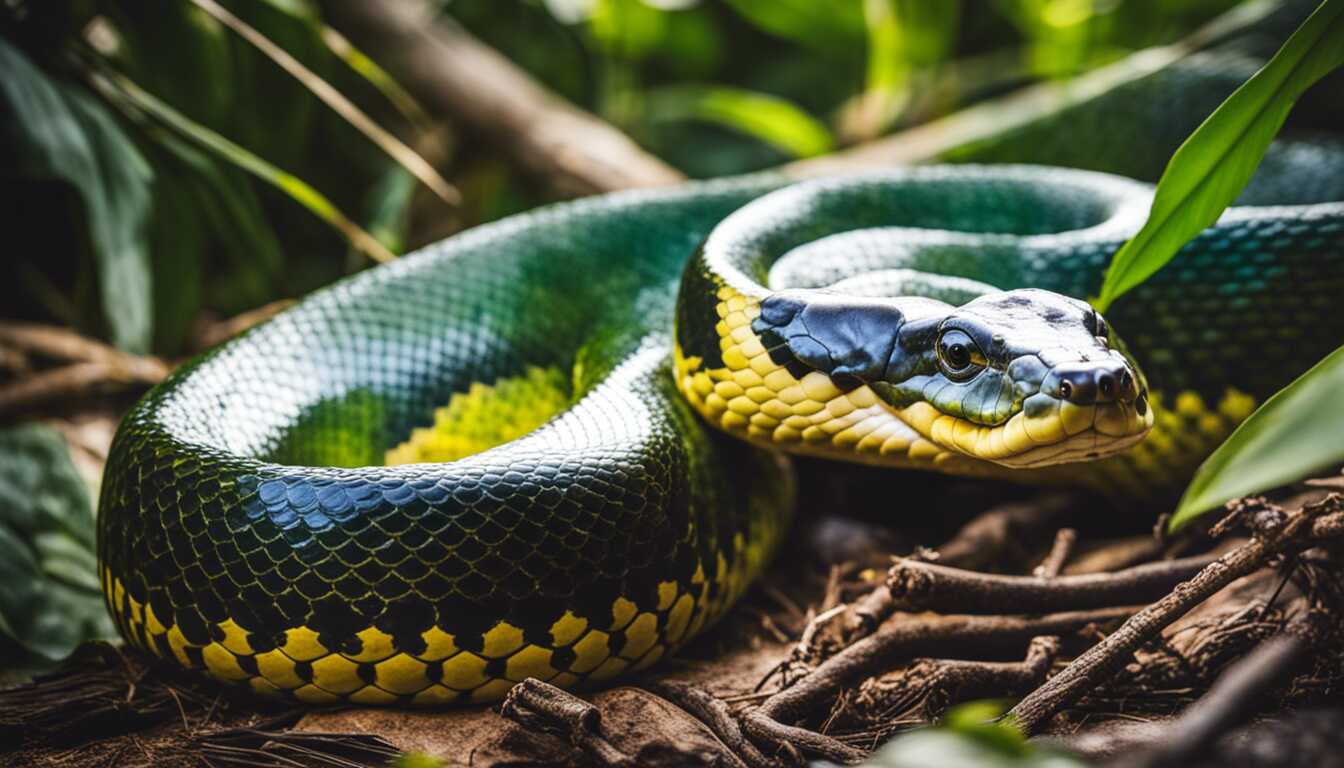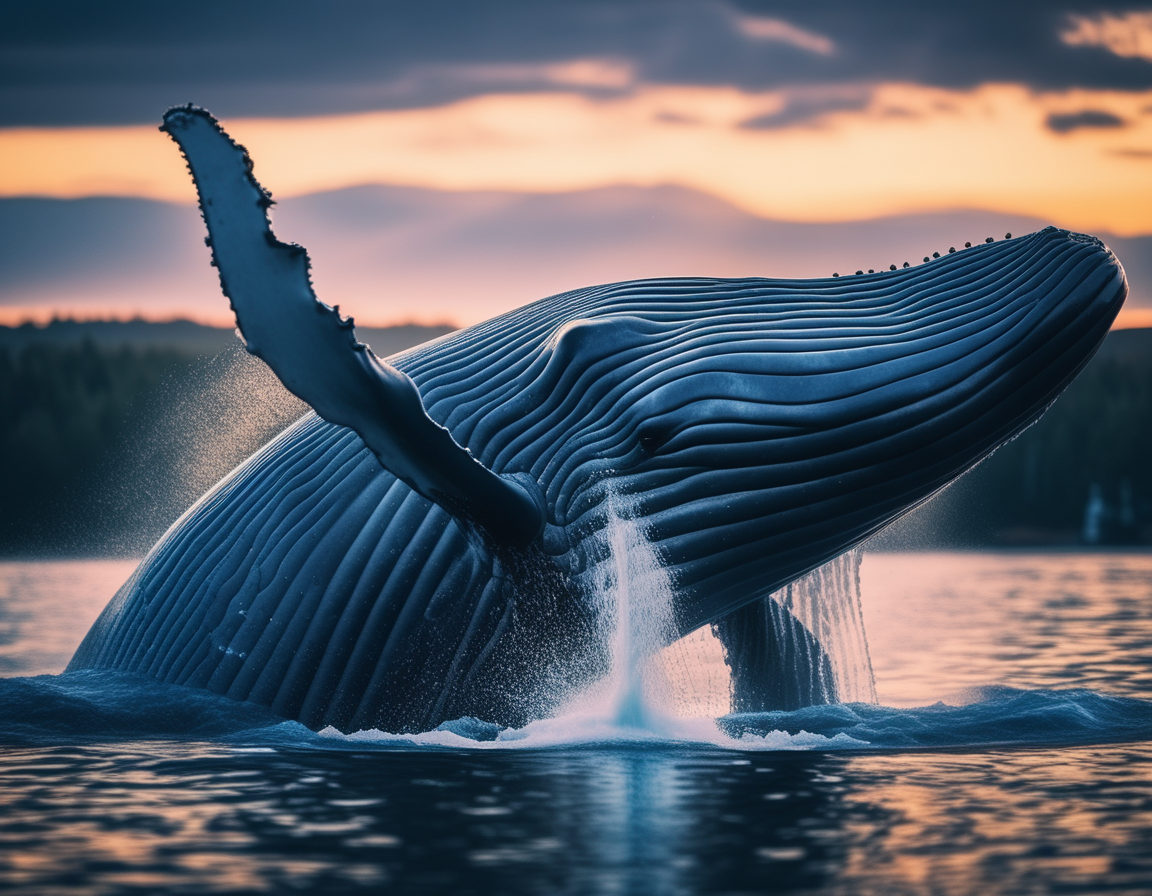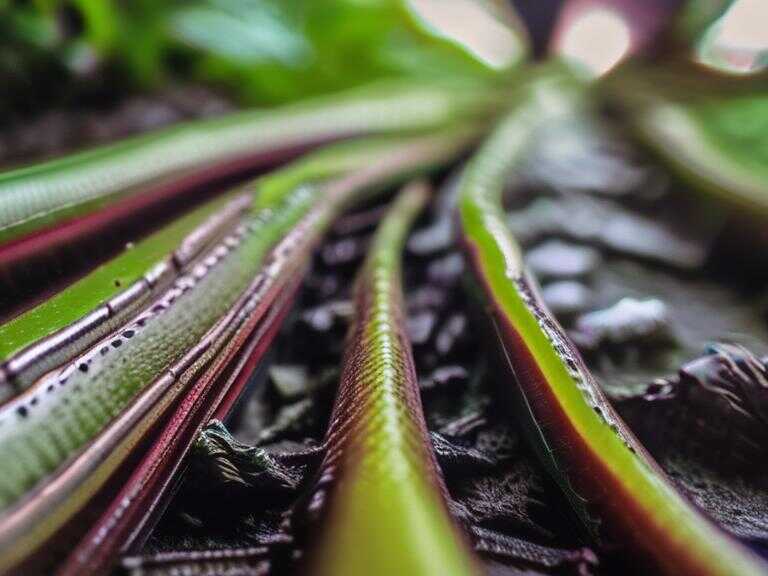
University of Queensland Scientists Capture Largest Anaconda Species in Amazon

An international team of scientists led by Professor Bryan Fry from The University of Queensland has made a groundbreaking discovery in the heart of the Amazon rainforest in Ecuador. While filming "Pole to Pole with Will Smith," a National Geographic series hosted by the actor, the team encountered a colossal anaconda species with the help of the indigenous Huaorani people.
Encounter with a Colossal Creature
Professor Bryan Fry expressed his astonishment at the sheer size of the anacondas, with the female specimen they encountered measuring a staggering 6.3 meters (20.8 feet) long. The discovery took place in the Baihuaeri Huaorani Territory, a region of the Ecuadorian Amazon that has rarely been explored by outsiders.
A Rare Invitation and a Thrilling Journey
The team was granted a rare invitation by Huaorani Chief Penti Baihua to enter the tribe's territory, marking one of only a few times the tribe has permitted outsiders to explore the area since their initial contact in 1958. Led by Chief Baihua, the scientists embarked on a 10-day expedition deep into the jungle, navigating the rivers and delving into the heart of the pristine rainforest to search for these sacred creatures.
Discovery of a New Anaconda Species
During their exploration, the team encountered several anacondas in their natural habitat and successfully captured specimens of a previously unknown species. Named the northern green anaconda (Eunectes akayima), this newly discovered species is genetically distinct from its southern counterpart, differing by 5.5%. This finding sheds light on the evolutionary diversity of these iconic Amazonian predators.
Preserving the Ecosystem
Beyond the excitement of the discovery, Professor Bryan Fry emphasized the importance of understanding the impact of pollutants in the region, particularly as a result of frequent oil spills. The team is dedicated to further study the ecosystem, focusing on the effects of pollutants on the health and reproduction of the newly discovered anaconda species, as well as other wildlife in the region.
Future Endeavors and Conservation Efforts
The team plans to conduct further expeditions to gather and analyze samples from the Amazon, employing state-of-the-art techniques to trace the pathways of pollutants in the ecosystem. By understanding the long-term consequences of these contaminants, they hope to develop strategies to mitigate their effects and ensure the preservation of the unique Amazonian wildlife.
A Journey of Wonder and Challenge
Despite the hardships faced during the expedition, Professor Bryan Fry expressed his enthusiasm for the adventure, describing it as the highlight of his career. This discovery marks a significant step forward in our understanding of the biodiversity of the Amazon rainforest and the urgent need to protect its fragile ecosystem.
The remarkable discovery of the northern green anaconda and the ongoing efforts to study and conserve the Amazon rainforest demonstrate the invaluable contributions of scientific exploration to our understanding of the natural world.
Share news















